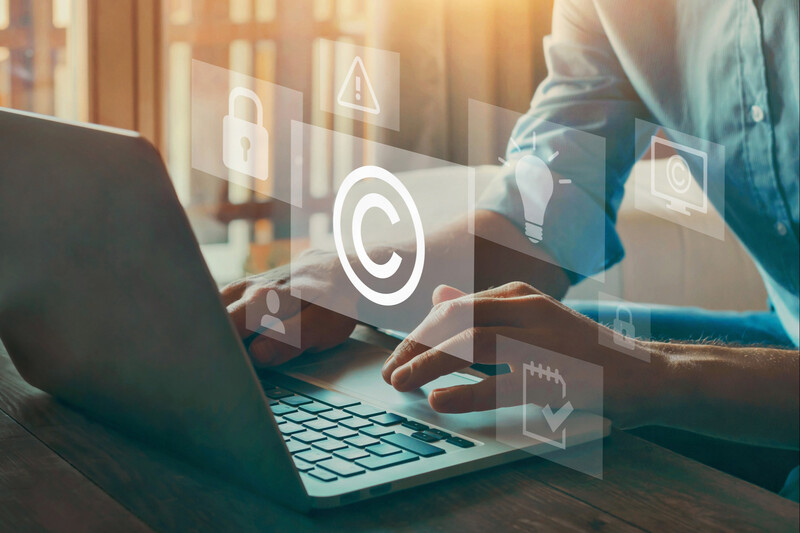Le brevet, une fois déposé auprès de l’Institut national de la propriété industrielle (INPI), peut être transmis à autrui. Qui peut transmettre un brevet ? Quelle est la procédure à suivre ? Découvrez toutes les réponses.
Le brevet d’invention
Le brevet vise à protéger une innovation technique, c’est-à-dire un produit ou un procédé répondant à un problème technique donné. Il n’est délivré que si l’invention est nouvelle et implique une activité inventive susceptible d’application industrielle.
Pour faire l’objet d’un dépôt de brevet, l’invention ne doit pas être expressément exclue de la protection par la loi. Certaines ne sont pas brevetables, mais peuvent bénéficier d’autres types de protection comme le droit d’auteur ou encore le dépôt de dessins et modèles.
Les conditions de transmission d’un brevet
Avant d’être loué, vendu ou apporté en société, le brevet doit être publié et faire l’objet d’une inscription sur le registre national des brevets. Depuis le 16 octobre, la demande d’inscription se fait uniquement par voie électronique grâce à un outil simple et rapide incluant une aide en ligne et un espace de paiement sécurisé.
À la suite de cette procédure, un accusé de réception est adressé par courriel au demandeur, ainsi que l’original du formulaire d’inscription numéroté et signé électroniquement. Celle-ci ne doit toutefois pas être confondue avec le dépôt de brevet qui implique une publication dans le Bulletin officiel de la propriété industrielle (BOPI).
Comment transmettre un brevet ?
On distingue deux principaux modes de transmission d’un brevet.
La cession
La cession de brevet est un acte juridique par lequel son ou ses titulaires transfèrent la propriété de celui-ci à une ou plusieurs personnes. La cession peut être totale, auquel cas le cédant ne conserve rien des prérogatives liées à la demande de brevet ou au brevet délivré, ou partielle, c’est-à-dire cédé avec une restriction pour une partie du territoire, pour certains produits ou certaines applications.
En cas de transfert de propriété, il est important de le signaler au plus vite en envoyant une demande par courrier à l’INPI en y joignant la copie du contrat de cession signé par les deux parties.
La concession d’une licence
Le contrat de licence de brevet permet à son titulaire d’accorder à un tiers le droit de l’exploiter soit en totalité soit en partie, moyennant une rémunération (redevances proportionnelles à l’exploitation ou royalties).
La licence est dite totale lorsque le licencié est autorisé à exploiter le brevet pour toutes les applications possibles et pour tous les modes d’exploitation, partielle lorsque le licencié n’a le droit d’exploiter le brevet que pour certaines applications ou modes d’exploitation.
Comme dans le cas de la cession, la pièce justificative à joindre pour transmettre un brevet via la concession d’une licence est la copie du contrat signé par les deux parties.
Ces procédures ont un prix. Il faut compter 27 euros par brevet dans le cadre d’une procédure classique, et un supplément de 52 euros par brevet dans le cadre d’une procédure accélérée.
